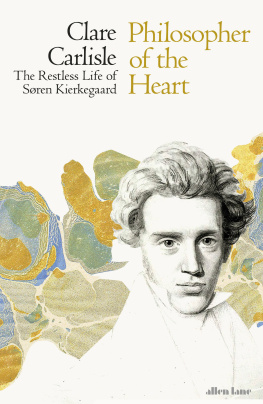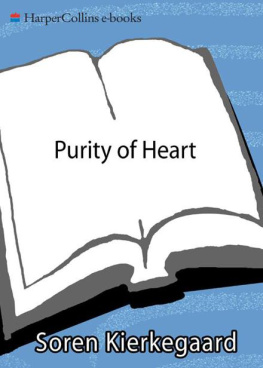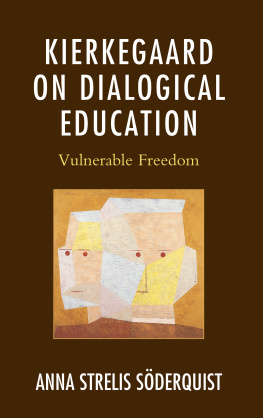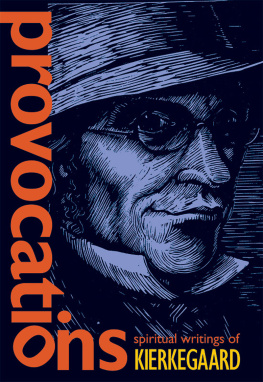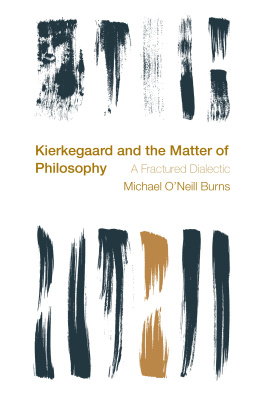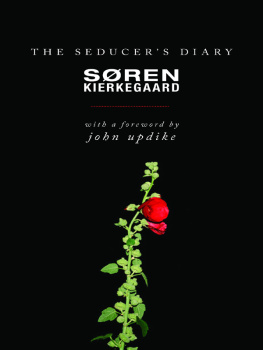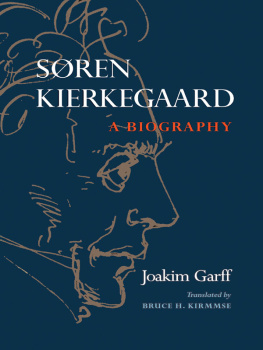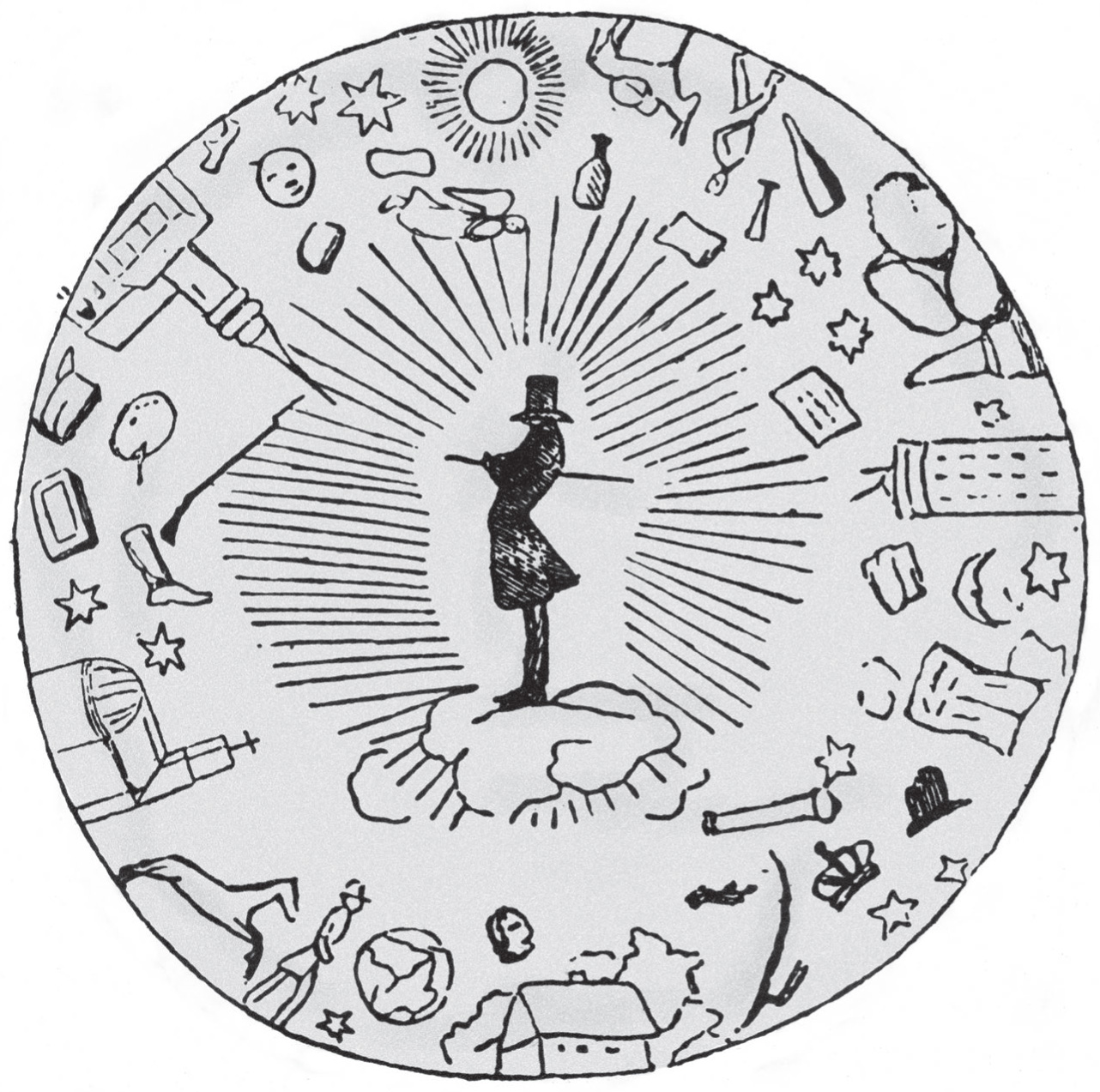
Clare Carlisle
PHILOSOPHER OF THE HEART
The Restless Life of Sren Kierkegaard

ALLEN LANE
UK | USA | Canada | Ireland | Australia
India | New Zealand | South Africa
Allen Lane is part of the Penguin Random House group of companies whose addresses can be found at global.penguinrandomhouse.com

First published 2019
Copyright Clare Carlisle, 2019
The moral right of the author has been asserted
Cover: Portrait of Kierkegaard from the Royal Danish Library, Image Collection
Decorated paper courtesy of University of Washington Libraries, Special Collections
Quotation from The Optimist (), words and music by Sandy Denny, copyright 1984 BMG Rights Management (UK) Ltd, a BMG company.
All Rights Reserved. International Copyright Secured. Used by permission of Hal Leonard Europe Limited
ISBN: 978-0-241-28359-2
This ebook is copyright material and must not be copied, reproduced, transferred, distributed, leased, licensed or publicly performed or used in any way except as specifically permitted in writing by the publishers, as allowed under the terms and conditions under which it was purchased or as strictly permitted by applicable copyright law. Any unauthorized distribution or use of this text may be a direct infringement of the authors and publishers rights and those responsible may be liable in law accordingly.
As he turned he caught the feeling,
And he smiled as he walked down the road.
All my days, they are filled with meaning,
But I have yet to fathom the code.
Sandy Denny, The Optimist
To George Pattison
Preface
A love affair is always an instructive theme regarding what it means to exist, wrote Sren Kierkegaard, after his only love affair had ended in a broken engagement. Kierkegaard did philosophy by looking at life from the inside, and more than any other philosopher he brought his own life into his work. His romantic crisis yielded insights into human freedom and identity that earned him an enduring reputation as the father of existentialism. He created a new philosophical style, rooted in the inward drama of being human. Although he was a difficult person and perhaps dangerous as an exemplar he was inspirational in his willingness to bear witness to the human condition. He became an expert on love and suffering, humour and anxiety, despair and courage; he made these affairs of the heart the subject matter of his philosophy, and his writing has reached the hearts of generations of readers.
When the Swedish writer Fredrika Bremer visited Copenhagen in 1849 to chronicle Denmarks cultural life, Kierkegaard had for several years been a celebrity in his home town. Bremer did not meet him he refused her requests for an interview though she heard plenty of gossip about his restless habits: During the daytime one sees him walking in the midst of the crowd, up and down the busiest streets of Copenhagen for hours at a time. At night his lonely dwelling is said to glow with light. Perhaps unsurprisingly, she perceived him as an inaccessible figure, whose gaze was fixed uninterruptedly on a single point. He places his microscope over this point, wrote Bremer, carefully investigating the tiniest atoms, the most fleeting motions, the innermost alterations. And it is about this that he speaks and writes endless folios. For him, everything is to be found at this point. But this point is the human heart. She noted that his works were especially admired by female readers: The philosophy of the heart must be important to them. It has proved to be important to men, too, as we see from a glance at successive generations of Kierkegaards readers, among them some of the most influential thinkers and artists of the last century.
Of course, Kierkegaard was not the first to strive to make sense of being human. He grappled with Europes awesome intellectual tradition, absorbing ancient Greek metaphysics, the Old and New Testaments, the Church Fathers and medieval monastics, Luther and Lutheran pietism, the serially path-breaking philosophies of Descartes, Spinoza, Leibniz, Kant, Schelling and Hegel, and Romantic literature. During three fertile, tumultuous decades of the nineteenth century he channelled these currents of thought into his own existence, and felt their tensions and paradoxes move through him. And at the same time his heart was pierced, filled, stretched and bruised by a series of intense loves, each one of them perhaps excepting the first deeply ambivalent: his mother Anne, his father Michael Pedersen, his fiance Regine; his city, his literary work, his God.
We will soon meet Kierkegaard as he returns to Copenhagen from Berlin in May 1843, travelling by train, stagecoach and steamship. We will see at once that he is a writer now, in his thirtieth year, embarking on the authorship that made him famous. He wrote with extraordinary fluidity, transposing his soul into his beloved Danish language, and even in translation we can feel the rhythm of his prose, the poetry of his thinking. What Kierkegaard later called his activity as an author filled up most of his life, and consumed his energies and his money. To say that he was a writer is not just to point out that he produced great books at an astonishing rate and filled numerous journals and notebooks. Writing became the fabric of Kierkegaards existence, the most vibrant love of his life for all his other loves flowed into it, and it swelled like the ocean that crashed restlessly against his native land. This was a compelling, consuming love: as a young man he found it difficult to start writing, but once he began he could hardly stop. He was preoccupied with questions of authorship and authority, perpetually torn between the joys of writing and the agonies of publication, fascinated by literary genre, fastidious about typography and bookbinding.
He wrote as both a philosopher and a spiritual seeker. In the parable of the cave in Platos Republic, a solitary figure escapes the ordinary, deluded world in pursuit of truth, then returns to share his knowledge with the uncomprehending crowds and this archetype of the philosopher defines Kierkegaards relation to his nineteenth-century world. Likewise, in the Old Testament story of Abrahams arduous journey up and down Mount Moriah, Kierkegaard discerned the religious movements the deep longing for God, the anxious struggle to understand his vocation, the search for an authentic spiritual path that shaped his own inner life. His religion repeatedly defied convention, though his beliefs were not unorthodox.
This book travels alongside Kierkegaard as he pursues the question of existence that both animated and troubled him, held him back and propelled him forwards: how to be a human being in the world? He criticized the abstractions of modern philosophy, insisting that we must work out who we are, and how to live, right in the middle of life itself, with an open future ahead of us. Just as we cannot step off the train while it is moving, so we cannot step away from life to reflect on its meaning. Similarly, this biography does not consider Kierkegaards life from a remote, knowing perspective, but joins him on his journey and confronts its uncertainties with him.
When I first talked to my editor about my plan to write this book, he suggested that I was envisaging a Kierkegaardian biography of Kierkegaard. He was right, and his remark has guided and perplexed me through these pages. Often I wasnt sure how to go about it; looking back, I see that it meant following the blurry, fluid lines between Kierkegaards life and writing, and allowing philosophical and spiritual questions to animate the events, decisions and encounters that constitute the facts of a life. The book takes its shape from the Kierkegaardian question about how to be a human being in the world. At the beginning of , Life Lived Forwards, we follow Kierkegaard into the battle with the world that will end, one way or another, with his death.
Next page
